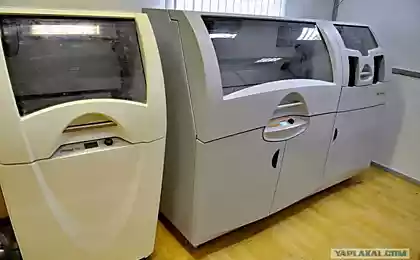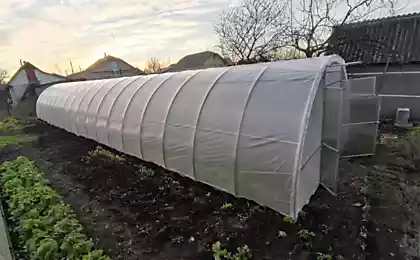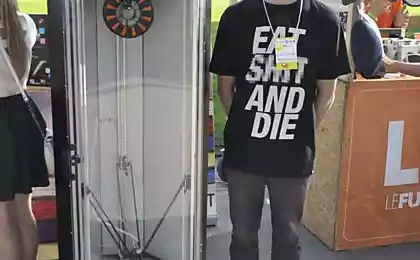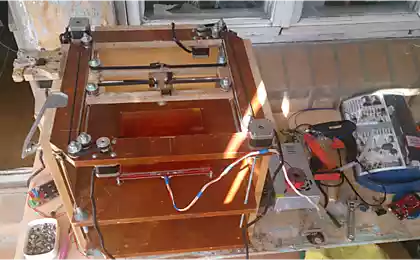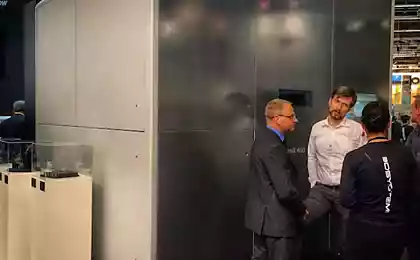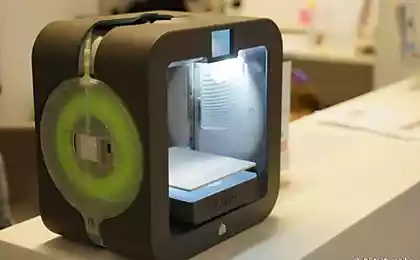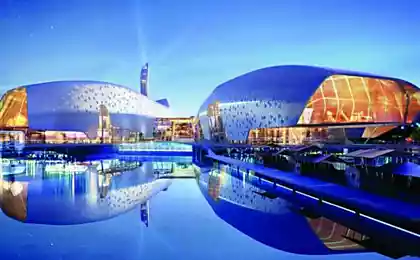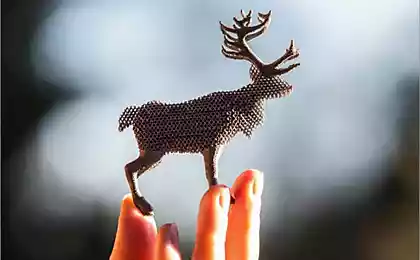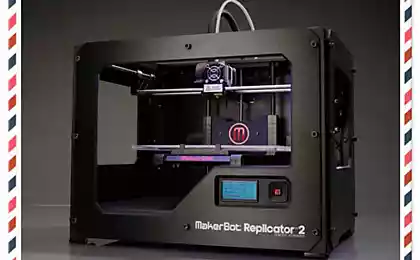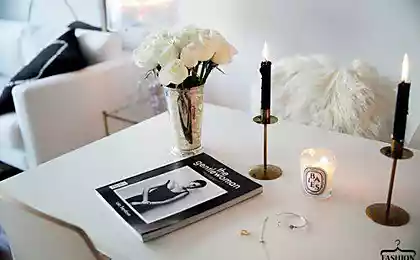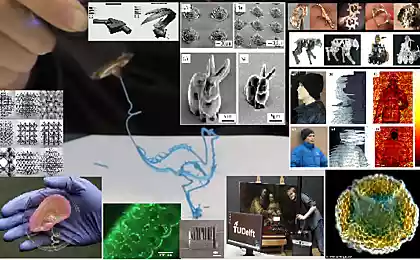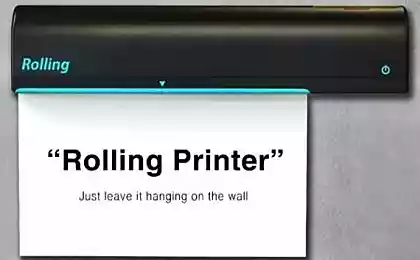427
Home of the future themselves build and produce food
Architect Mihai Chiriac the University of Sheffield introduced the concept of a future that will be able to print yourself on a 3D printer and to produce food for its inhabitants. Such a futuristic system that produces minimum waste and allows you to bring back to life abandoned urban areas. The concept of Aquaponic Future Housing ("Aquaponics home of the future") describes a three-story structure, printed from biodegradable plastic. The starch for its production can be obtained from vegetables grown in the house.
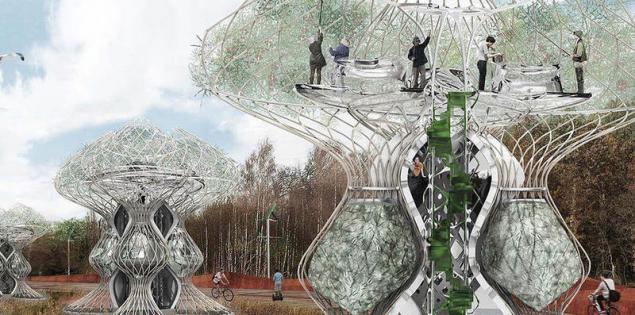
The building has its own closed aquaponics system. Aquaponics combines two areas: aquaculture — fish farming — and hydroponics — growing plants without using soil. In this system, rows of plants are installed over the tanks with water in which the fish live. Plant roots absorb water together with fish excrement and uneaten feed, which play the role of ammonium nutrients.
Thus is formed a productive ecosystem that produces more per square metre than other agricultural counterparts.
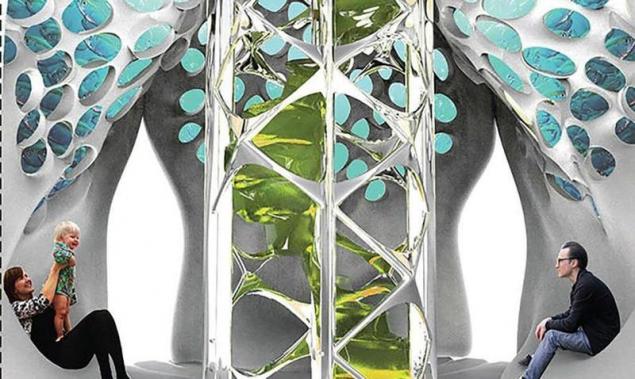
Described the concept meets the principles of regenerative design, in which the residents themselves produce fresh organic food and building materials for their homes. These homes can be set in an abandoned industrial sites and to use the land, which had previously stood and was unfit for habitation and farming. Such decisions will be needed in the near future to feed a growing population. By the year 2100 the Earth will live about 11 billion people. Many companies are developing vertical farms that use hydroponics. American retail chain Target equips multiple vertical mini-farms in their stores.
Belgian startup Urban Crops have also developed an automated system for growing plants under purple LED lighting that works 10 times more efficiently than usual. In 30 square metres Urban Crops daily to grow 220 heads of lettuce, using only 5% of the water that would be needed for irrigation on a traditional farm.
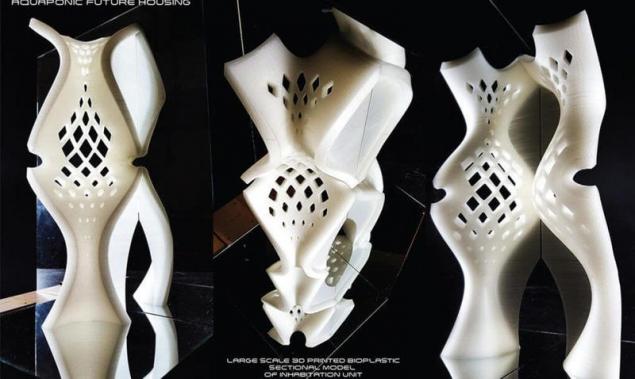
However, aquaponic garden can be equipped even at home. Gro System.hub allows you to grow up to six plants, without any special effort. Garden he collects data from ten sensors and monitors the temperature of the water for irrigation, pH, and other characteristics. published by P. S. And remember, only by changing their consumption — together we change the world! ©
Source: hightech.fm/2016/10/25/aquaponic_homes

The building has its own closed aquaponics system. Aquaponics combines two areas: aquaculture — fish farming — and hydroponics — growing plants without using soil. In this system, rows of plants are installed over the tanks with water in which the fish live. Plant roots absorb water together with fish excrement and uneaten feed, which play the role of ammonium nutrients.
Thus is formed a productive ecosystem that produces more per square metre than other agricultural counterparts.

Described the concept meets the principles of regenerative design, in which the residents themselves produce fresh organic food and building materials for their homes. These homes can be set in an abandoned industrial sites and to use the land, which had previously stood and was unfit for habitation and farming. Such decisions will be needed in the near future to feed a growing population. By the year 2100 the Earth will live about 11 billion people. Many companies are developing vertical farms that use hydroponics. American retail chain Target equips multiple vertical mini-farms in their stores.
Belgian startup Urban Crops have also developed an automated system for growing plants under purple LED lighting that works 10 times more efficiently than usual. In 30 square metres Urban Crops daily to grow 220 heads of lettuce, using only 5% of the water that would be needed for irrigation on a traditional farm.

However, aquaponic garden can be equipped even at home. Gro System.hub allows you to grow up to six plants, without any special effort. Garden he collects data from ten sensors and monitors the temperature of the water for irrigation, pH, and other characteristics. published by P. S. And remember, only by changing their consumption — together we change the world! ©
Source: hightech.fm/2016/10/25/aquaponic_homes



